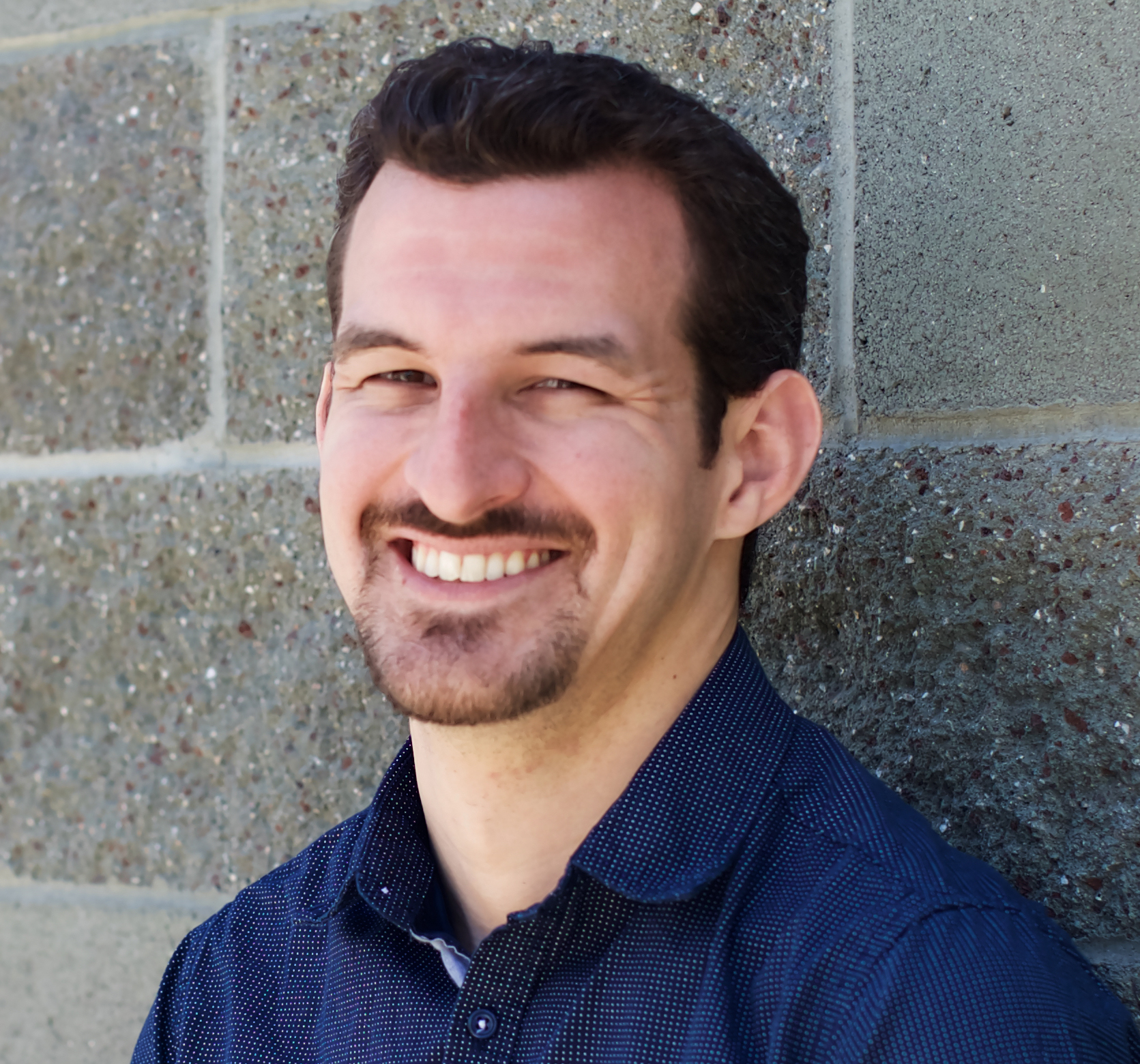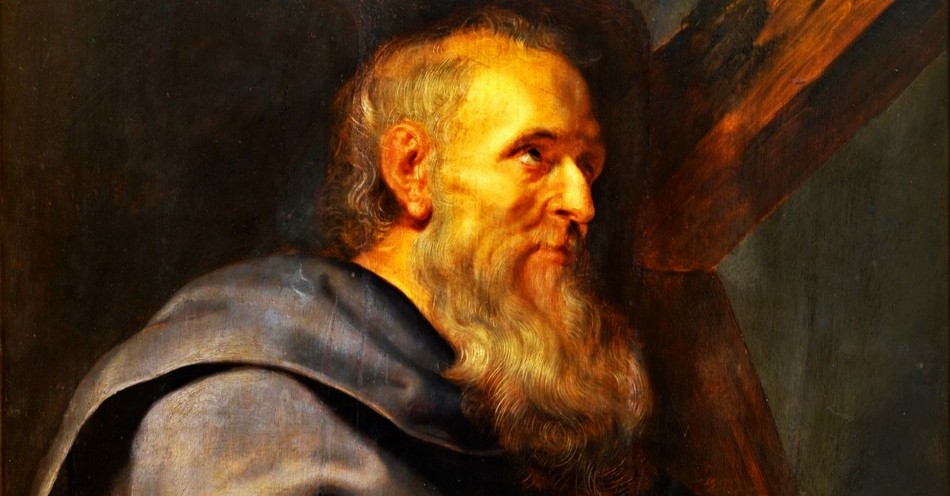In the New Testament, several individuals are named Philip, but two are the most prominent: Philip the Apostle and Philip the Evangelist.
Philip the Apostle is one of the original twelve apostles chosen by Jesus. Not much is detailed about his individual acts in the Gospels. Still, he is mentioned several times, notably when he brings Nathanael to Jesus (John 1:43-46) and during the feeding of the 5,000, where he discusses the logistics of feeding such a crowd with Jesus (John 6:5-7). His role is primarily seen as a follower interacting directly with Jesus during His ministry.
Philip the Evangelist is often referred to as Philip the Deacon. He is introduced in Acts as one of the seven deacons appointed to distribute food and aid to the widows in the early church in Jerusalem (Acts 6:1-6). He plays a significant role in the early spread of Christianity outside Jerusalem. Notably, he evangelizes in Samaria (Acts 8:4-13), later explains the scriptures, and baptizes an Ethiopian eunuch, an essential event in expanding the Gospel to Africa (Acts 8:26-40).
The Apostle Philip was one of Jesus’ original twelve disciples known for his pragmatism and sometimes skepticism in matters of faith. Though Philip often missed the big picture of who Jesus was and what He was capable of, Philip was nonetheless sought out, called, and chosen by Christ to be a light unto the nations and a pillar of His church.
Where is Philip in the Bible?
Apart from listing the twelve disciples of Jesus, found in Matthew 10:2-4, Mark 3:16-19, Luke 3:16-19, and Acts 1:13, the individual stories that feature Philip are found exclusively in John’s gospel. There could be several reasons for this.
For one thing, John writes from a different perspective and with a distinct focus than his fellow gospel writers. He includes details, characters, and stories from the life and ministry of Jesus that others do not. Philip features prominently in several of them.
Furthermore, as someone who grew up in Bethsaida (John 1:44), the same hometown as Andrew and Peter, Philip may have been acquainted with Andrew and Peter as well as James and John.
Could Philip have been a friend and fishing partner of James, John, Peter, and Andrew before following Jesus? It’s entirely possible. In fact, there’s good reason to believe that after the resurrection, when Peter went fishing with Thomas, Nathanael, the sons of Zebedee, and “two others,” the others referenced may have been Andrew (Peter’s brother) and Philip. Philip was often paired with Nathanael, his best friend (John 21:2-3).
As someone who might have grown up with Philip, John could have provided insight into Philip’s character and personality that the other gospel writers could not (or maybe just weren’t as interested in sharing).
Ironically, though Jesus had called a group of men with distinct and often conflicting personalities to be His chosen disciples, many of the twelve disciples had come from the same region and participated in the same profession before their calling. In fact, there’s good evidence to conclude that at least half of the twelve (Peter, Andrew, James, John, Philip, Nathanael, and Thomas) were friends and perhaps coworkers before becoming disciples of Jesus.
When it comes to Philip, however, three stories in John’s gospel introduce us to a very different personality compared to Peter, James, and John. For example, at the feeding of the five thousand, Jesus turned to Philip and asked, “where are we to buy bread so that these people may eat?” (John 6:5). John notes, however, that Jesus specifically did this “only to test him (Philip), for He Himself knew what He intended to do” (John 6:6). With such a large crowd, Jesus knew that the twelve disciples did not possess the funds to buy food for everyone, let alone themselves.
As the group’s administrator responsible for arranging meals and handling logistics, Philip pointed out the obvious: “Two hundred denarii worth of bread is not enough for them, for each to receive just a little!” (John 6:7) On paper, he was not wrong. This was what Philip did. He was the numbers guy who always focused on logistics, organization, balanced budgets, and the bottom line. He’d done the math, and the math didn’t add up. According to John MacArthur, “Philip was obsessed with mundane matters and therefore overwhelmed by the impossibility of the immediate problem. He knew too much arithmetic to be adventurous. The reality of the raw facts clouded his faith… he was so enthralled with common-sense calculations that he didn’t see the opportunity the situation presented” (127).
This wouldn’t have been the first miracle Philip had seen Jesus perform. He was present when Jesus turned the water into wine at the wedding in Cana (John 2:1-11) and had seen Jesus heal the sick and the lame on more than one occasion (John 4:46-54; John 5:1-17). But though Philip had identified Jesus as the Messiah and followed Him willingly from the beginning, his faith came up short when the impossible presented itself.
In this particular, it was Andrew who eventually stepped forward, bringing the boy with the five loaves and two fish to Jesus (John 6:9). Andrew, of course, knew the financial reality of feeding such a large crowd as well as Philip did and understood full well that five loaves and two fish wouldn’t be enough to feed that many people, let alone the thirteen of them. He brought the boy with his small offering to Jesus anyway, demonstrating a measure of faith that Philip still needed to cultivate in his own life (Matthew 17:20).
Unfortunately, this wouldn’t be the last time Philip’s indecisiveness got in the way of him participating in something miraculous. A few chapters later (John 12:20-22), a group of Greeks would come to see Jesus. Given Philip’s obvious Greek name, they had approached Philip to see if he could gain them an audience with the Messiah.
Once again, when presented with an opportunity of ministry, Philip hesitated. Instead of bringing these eager souls straight to Jesus, who had told His disciples, “the one who comes to Me, I will by no means cast out” (John 6:37), Philip turned to Andrew, who he knew would bring anyone to Jesus.
And once again, Andrew received the blessing of leading others to Christ instead of Philip, whose narrow focus and pragmatism caused him to miss out on a ministry opportunity.
This mindset emerged a third time at the Last Supper, where the limitations of Philip’s faith were again exposed. Here, Jesus made perhaps one of the boldest and clearest declarations of His divine nature and union with God the Father when He said, “I am the way, and the truth, and the life; no one comes to the Father except through Me. If you had known Me, you would have known My Father also; from now on you know Him, and have seen Him.” (John 14:6-7)
To this, Philip said, “Lord, show us the Father, and it is enough for us.” (John 14:8)
Jesus then replied, “have I been with you for so long a time, and yet you have not come to know Me, Philip? The one who has seen Me has seen the Father; how can you say, ‘Show us the Father’? Do you not believe that I am in the Father, and the Father is in Me?” (John 14:9-10)
Again, Philip’s heart was in the right place. He had followed Jesus and identified Him as the Messiah, committing his life to Jesus. He simply hadn’t connected the dots. His faith was still weak, his understanding incomplete, and his confidence lacking.
However, lest we be quick to criticize Philip too harshly, we would be wise to remember that Jesus specifically called Philip to be His disciple, knowing full well what He was getting in return.
What Drew Philip to Jesus?
One of the unique things about Philip that we read about in John’s gospel is that Christ traveled to Galilee and personally sought out Philip (John 1:43).
Of course, Jesus would remind all of His followers, present and future, that “you did not choose Me but I chose you, and appointed you that you would go and bear fruit, and that your fruit would remain.” (John 15:16)
Jesus also said that it is by the Father’s will and work that draws men to salvation (John 6:44). With Philip, that work was already being done before he ever met Jesus. In fact, we read in John’s gospel that both Philip and Nathanael had become avid students of the Old Testament prophets (John 1:43-51), so much so that when Jesus approached Philip the day after He had called Peter, Andrew, James, and John, Philip quickly identified Jesus as the promised Messiah.
Similar to what had happened with Andrew and Peter, Philip next took the news of Jesus to his friend Nathanael. “We have found Him of whom Moses wrote in the Law, and the prophets also wrote: Jesus the son of Joseph, from Nazareth!” Philip told him (John 1:46). Nathanael was a bit more skeptical, questioning if anything good could come out of Nazareth. Philip responded with the invitation, “come and see!” (John 1:46).
Philip, like Nathanael, had been searching for the Messiah for years, and in Jesus, he was convinced he had finally found the one he’d been waiting for. However, it would take several years before Philip finally realized that by God’s grace, he had been called to follow Jesus, and he would be saved by God’s grace alone.
Is Philip the Evangelist the Same as Philip the Apostle?
It’s not always easy to keep track of the many names and figures mentioned in the Bible. While some names may be difficult to pronounce, the real challenge often comes with trying to keep track of various individuals who have a similar sounding name or even the exact same name.
It’s not uncommon for cultures worldwide to have similar-sounding names or even popular names passed down over the generations. The Jews of the Bible were no exception.
Considering that, among the twelve disciples, there were two men named James, two named Simon, and two named Judas, it’s understandable that many readers have mistaken various characters from the Bible for others.
Of course, in many instances, the writers of Scripture included surnames, nicknames, or various vocations to help differentiate individuals with the same name. We see this with James, the son of Zebedee, who was nicknamed “Son of Thunder,” and James, the son of Alphaeus, who’s sometimes referred to as James the Less, James the Little, or James the Younger. Judas was also called Thaddeus in some accounts to separate him from fellow disciple Judas Iscariot, the betrayer.
Unfortunately, one of the more common mix-ups involves Philip the apostle and Philip the evangelist, one of the original seven deacons appointed by the apostles (Acts 6:1-6). The latter Philip eventually evangelized and ministered to the Ethiopian eunuch on the road to Gaza in Acts 8:25-40. Though also a prominent leader in the early church, the apostle Philip had a different road to travel and a different role.
What Happened to Philip After Jesus’ Ascension?
Like most apostles, most of what we know about Philip after the ascension of Jesus Christ comes from church history and tradition.
Some records point to Philip traveling as far north as Scythia, now modern-day Ukraine. We do not know how long he remained there. Most accounts, however, document that Philip was eventually stoned to death at Hieropolis in Phrygia (modern-day Turkey) roughly eight years after the death of James, the brother of John. In any case, Philip would remain a faithful witness to the resurrection of Jesus Christ for the rest of his life, even to his death.
While there’s much about Philip’s life after the gospels we do not know. We do know that Christ’s saving grace had transformed a once hesitant, pragmatic, and analytical numbers guy into a confident and outspoken minister of the gospel, called by name to establish the church and lead countless souls to the same God who’d invited him to share in the glorious work of building His kingdom.
References
MacArthur, J. (2002). Twelve Ordinary Men: How the Master Shaped His Disciples for Greatness, and What He Wants to Do with You. Dallas: Thomas Nelson.
Photo Credit: Peter Paul Rubens (public domain) via Wikimedia Commons

This article is part of our People of Christianity catalog that features the stories, meaning, and significance of well-known people from the Bible and history. Here are some of the most popular articles for knowing important figures in Christianity:
How Did the Apostle Paul Die?
Who are the Nicolaitans in Revelation?
Who Was Deborah in the Bible?
Who Was Moses in the Bible?
King Solomon's Story in the Bible
Who Was Lot's Wife in the Bible?
Who Was Jezebel in the Bible?
Who Was the Prodigal Son?


_639003522088907085.jpg)
